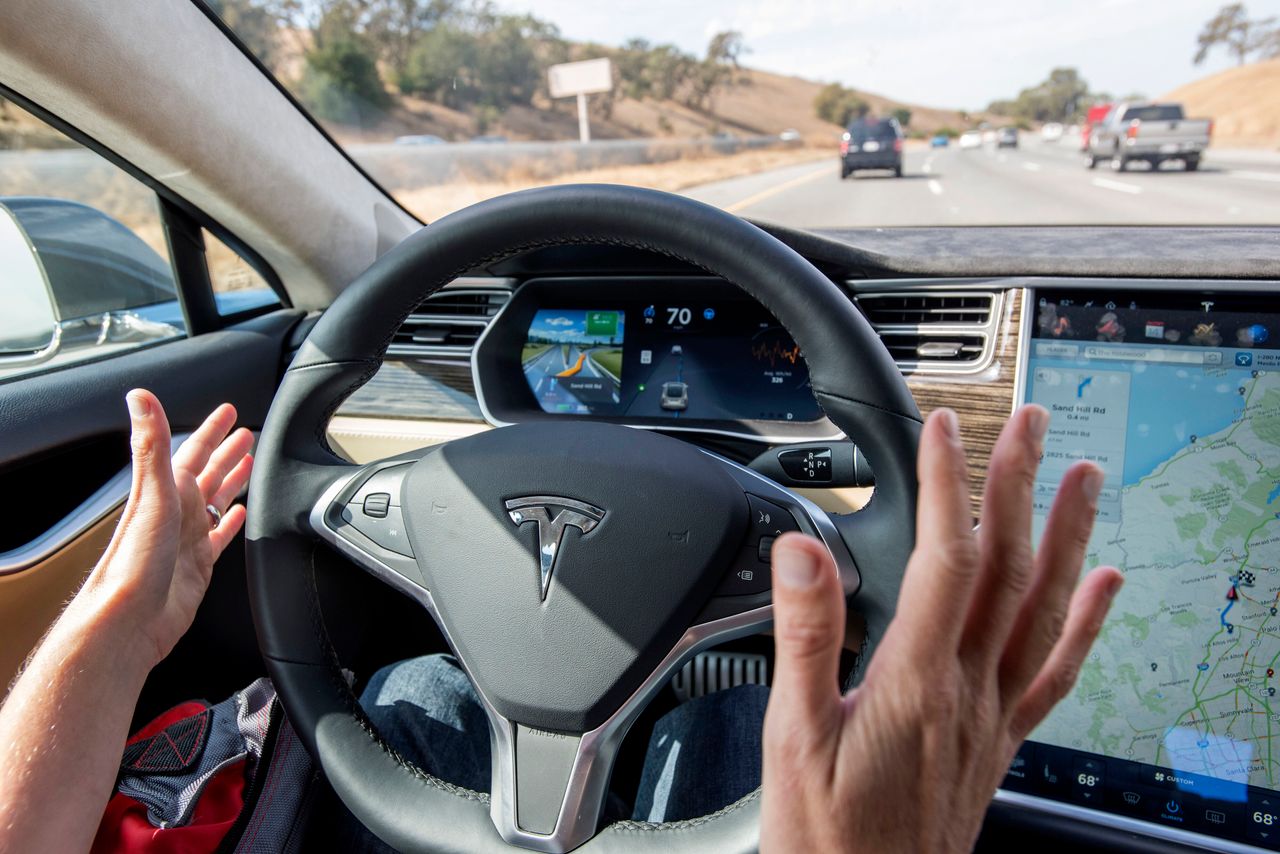Self-driving cars are dangerously heading to that ill-fated part of folk lore that virtual reality has been trying to break out of for the last 15 years.
Google might have unveiled a car that smiles at you and Apple may well have decided to hire 1000 of the automotive industry's brightest minds but none of these things have resulted in a car that will take you from A to B without you touching a thing.
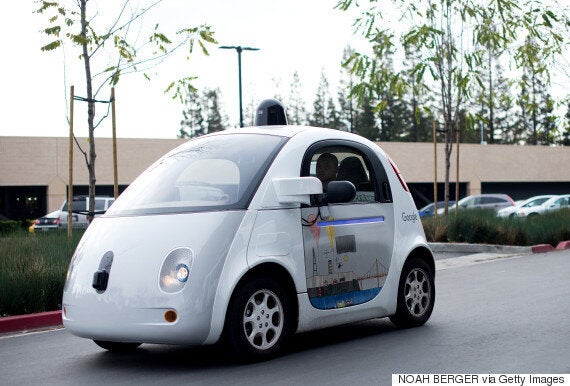
That didn't stop autonomous vehicles from becoming one of the hot topics at last week's CES 2016 conference, where the technology and automotive industries came together to show off its collective vision of the future.
Much like the mission to Mars, or creating clean energy, all of these problems have very logical solutions, they just require a shopping list.
Mars:
- Stop everyone dying of radiation sickness on the planet.
- Invent a propulsion system that won't bankrupt the Earth in launching costs.
- Develop a unique habitat that can survive Mars while still making it actually bearable to live on.
- Bring the cost down, a LOT.
Clean Energy:
- Bring the cost down.
- Create a reaction that produces more energy than we put in.
- Sustain that reaction for long enough that it's meaningful.
- Seriously guys, we need to bring the cost down, these things are cripplingly expensive.
Self-driving cars are no different. We know what we need to do, and we know that all of the things we need are within our grasp, all that's remaining is the 'when' and 'how much will it cost'.
In a way, that's a spectacularly optimistic way of looking at the world, and indeed, many of the experts we spoke to at CES shared this very pragmatic view. However the world doesn't work that way, because paperwork.
Before we get to that though, lets examine the simple truths behind the technology. What do we physically need to attach to the cars to make them autonomous?
Computers and sensors, in essence. This gives you the eyes and ears of the car, you then need a brain that can turn what the car sees and hears into actual, meaningful decisions. Making that happen is Nvidia's Head of Deep Learning, Michael Houston.
Houston and his team are creating the miniature supercomputers that will be able to think on their feet in the real-world. So how do you teach a computer to 'think' for itself? You have to think differently.
"We’ve moved away from the more traditional computer algorithms that would take a very long time to write, tune and adapt, it's now all about deep learning. Deep learning is based on a convolutional neural network, and there are parts of that that are based on human biology."
"So instead of trying the ‘now if’ statements in code where you tell something to perform an action if this happens, we actually show the software loads and loads of images, so we’ll show an image of a cat and say this is a cat and it’ll get it wrong and then it’ll adjust itself. Million and millions of these pictures."
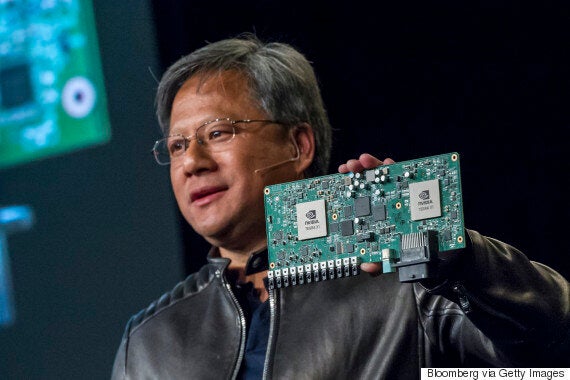
Nvidia unveils its first PX Drive computer specifically designed for autonomous driving.
Houston goes on to point out that the process is remarkably similar to how humans, in particular children, learn new skills in that "you try again and keep doing it and eventually it learns. So instead of spending 300 engineers for years trying to write the algorithm we can do this stuff overnight now."
Teaching a computer is one thing, the next job is making sure that when it puts that into practise, it's better than you and us, and just how close are we to that?
"Highway driving, we’re almost there, so maybe this year or next year the average person will be able to buy a car that will more or less do this stuff on the highway. They’ll still want your hands on the wheel so it’ll more be ‘assisted driving’ but we’re getting very close." says Houston.
"But full urban environments, that’s where we get to needing these sensors, it’s so complex, things happen very fast you need to be able to predict things like kids running across the street so the amount of sensing and computation you need really goes up and that’s why we’re building such big systems."
This differentiation between Highway and Urban is something that is commonly talked about across the entire automotive industry, and it's something that has been causing a bit of a PR nightmare.
"I think we think of autonomous driving sometimes as a car driving itself at a 150km, this is not what it is." says BMW's Holger Hampf.
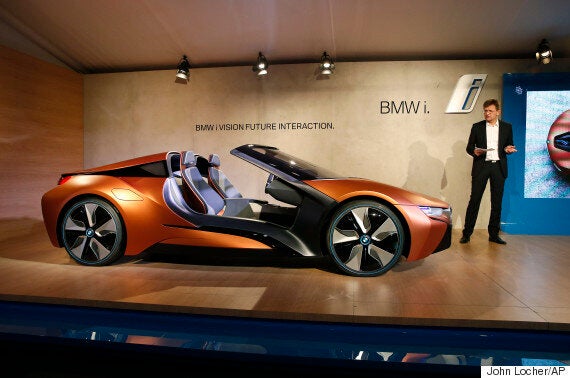
BMW's i Vision concept car has fully-autonomous features including a next-gen dashboard to keep you entertained.
“At this state we’re sensing cars on the freeway, in the future we have to sense pedestrians, animals, bicycles. And that makes the whole thing a lot more complicated.”
So to combat this we need more computers, but then in turn you need more space, which again makes a car bulkier, heavier and generally less fun to drive, right?
"Thankfully the rest of the industry is focusing on miniaturisation." says Houston, "Radar is getting smaller and sensors are getting cheaper so we can have all of these sensors on the car."
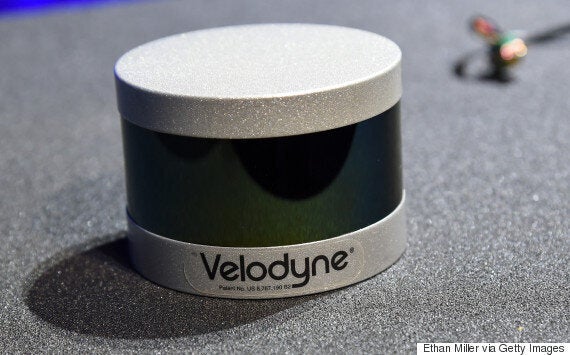
This next-generation LIDAR sensor has shrunk massively, now fitting into the palm of your hand.
Houston and Hampf might come from different companies, but they're not along in their cautious optimism. Google's own self-driving car is already on the roads while Volvo's been cautiously using its self-driving technologies to create safer cars today.
There are those that take a slightly more long-term view of self-driving cars. Toyota for example might have just invested $1bn in an artificial intelligence research centre, but that doesn't mean it thinks that self-driving cars are just around the corner.
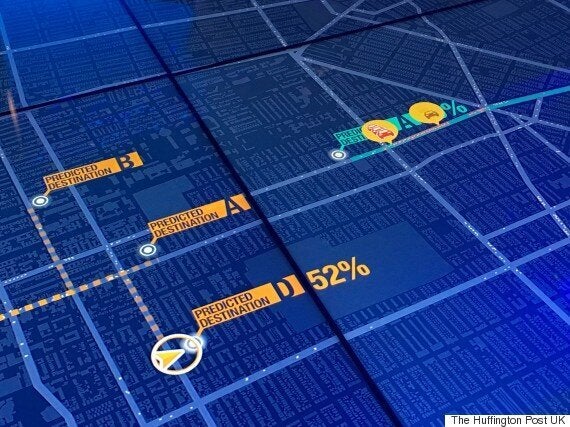
Toyota's Agent + navigation system uses cloud-learning to help cars navigate around traffic.
Speaking to Toyota's Jason Whitmire it was clear that the 'in just a few years' prediction was not something that Toyota was realistically expecting.
"I don’t think we’re three years away, people accuse us of being slow but I think we’re overly cautious." says Whitmire.
He's not alone, there are many, even those that are optimistic that keep pointing the finger at one major culprit: Bureaucracy.
"I think we’re going to be technologically ready before we are regulatory ready." predicts Michael Houston. He's not alone, Kia's Javier Romero didn't mince his words when we asked him how feasible everything was in Kia's own concept demonstration of a drivable car.
"The cars are capable of doing a lot more than they are currently, the single biggest obstacle right now are the regulations."
Regulations aren't the big bad nemesis of progress though, as Whitmire points out, "it has to be 99.99 per cent perfect, or it just won’t work." And by 'won't work', Whitmire means it'll end up crashing into someone and hurting them.
So we know the technology is sound, and that in a few years we'll have the miniaturisation that means self-driving cars won't need to look like large white smiley faces.
What's stopping us then is ourselves, our own trust in self-driving.
Fighting that battle of course is Elon Musk and his electric car company Tesla. While Volvo might be one of the longest-running investors in car safety and car autonomy, Musk's Tesla has somehow managed to cut through enough red tape to actually have autonomous features actively working on its latest cars, right now.
The Model S's 'Autopilot' system allows the car to actively change lanes, break and even speed up all by itself and it's all legally sound in the US.
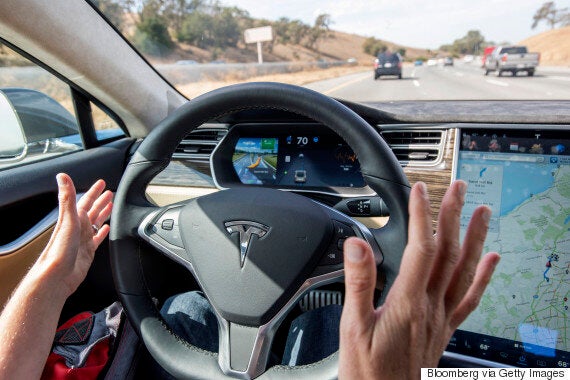
Tesla's 'Autopilot' feature has become a PR hit over in the US.
Tesla most recently unveiled a newer feature called 'Summon' which allows a driver, on private property, to use their smartphone to summon the Tesla.
These features might not require the artificial intelligence that we'll eventually need, but they are fighting the PR war, winning over the public by putting what feels like self-driving onto the roads.
Musk is understandably confident then that autonomous driving has always ever been a case of 'when', not 'if' predicting that a car that has to be driven will soon become a "strange anachronism".
The regulatory bodies that will have the final say then are starting to feel the pressure, while they'll be keen not to cut any corners, the automotive industry's traditionally snail-paced turnaround of R&D is being given an injection of speed as it finds itself caught in the same current as the technology sector.
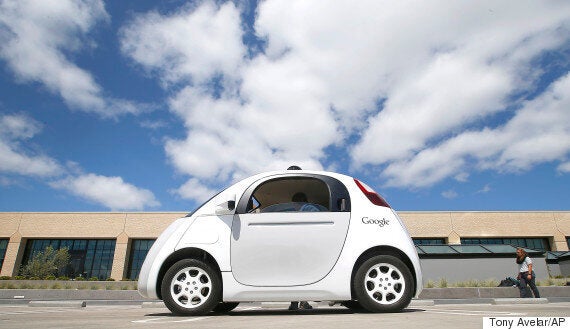
"You do see the industry changing," admits Houston, "things are becoming far more modular, you only have to look at companies like Tesla who are doing over the air updates to their cars, including brand-new features. We’re moving awfully fast and all of this is based on the fact that cars are becoming more about software."
Read that last statement again and suddenly the idea of buying a car from the same company that made your iPod doesn't begin to seem all that far-fetched. The key, as with the energy race, is not to get lost in a black hole of paperwork, but instead know that all of the things you've always wanted are simply inevitable.
When you accept that, the paperwork will eventually have to follow.
